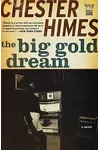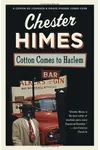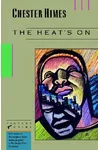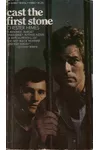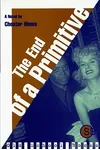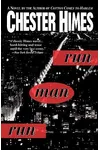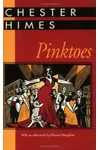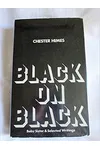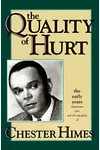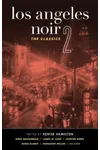Picture an American storyteller who turned the gritty streets of Harlem into a thrilling stage for crime and social commentary—meet Chester Himes! Born in 1909, Himes crafted mystery novels and literary fiction that captured the raw African American experience with unflinching honesty. From a turbulent youth to international acclaim, his journey is as gripping as his stories.
With a knack for blending suspense with sharp critiques of racial inequality, Himes’s Harlem Detective series became his claim to fame, especially in France, where he found a devoted audience. Ready to dive into the world of a literary trailblazer? Let’s explore Chester Himes’s life and legacy!
The Making of Chester Himes
Chester Bomar Himes was born in Jefferson City, Missouri, to a middle-class African American family. His early life was marked by tragedy and hardship—blinded temporarily in a childhood accident, he later faced expulsion from Ohio State University and a prison sentence for armed robbery in 1928. Behind bars, Himes discovered writing, publishing short stories in magazines like Esquire. This gritty start shaped his raw, authentic voice, reflecting the struggles of Black Americans.
After his release in 1936, Himes worked odd jobs while honing his craft. His early novels, like If He Hollers Let Him Go (1945), tackled racial tensions head-on, but it was his move to Paris in the 1950s that sparked his breakthrough. There, he joined a vibrant expatriate literary scene and found his groove in crime fiction.
Chester Himes’s Unforgettable Stories
Himes’s Harlem Detective series, starting with A Rage in Harlem (1957), is his crowning achievement. Featuring tough-as-nails detectives Grave Digger Jones and Coffin Ed Johnson, these novels pulse with the energy of Harlem’s streets. Himes didn’t just write mysteries—he wove in biting commentary on racism, poverty, and injustice, all wrapped in a darkly humorous package.
Other standout works include Cotton Comes to Harlem (1965), a fan favorite that inspired a 1970 film, and The Real Cool Killers (1959), known for its vivid characters and relentless pace. His literary fiction, like The Third Generation (1954), explored family dynamics and racial identity with equal depth. Himes’s style—gritty, fast-paced, and unapologetic—made him a unique voice in both crime and literary circles.
What sets Himes apart is his ability to balance entertainment with truth. His detectives weren’t just solving crimes; they were navigating a world stacked against them, mirroring the real struggles of African Americans. His work feels as urgent today as it did decades ago.
Why Chester Himes Matters
Chester Himes’s impact on American literature is undeniable. He brought African American voices to the forefront of crime fiction, a genre often dominated by white authors. His fearless exploration of race and urban life influenced writers like Walter Mosley and earned him a cult following. In France, he was celebrated as a literary giant, paving the way for Black authors in global markets.
Himes’s legacy lives on through his timeless stories and their unflinching honesty. His work reminds us that great literature can entertain, provoke, and inspire change. Today, scholars and readers alike revisit his novels for their insight into the African American experience and their sheer storytelling power.
- Born: July 29, 1909, in Jefferson City, Missouri
- Key Works: A Rage in Harlem, Cotton Comes to Harlem, If He Hollers Let Him Go
- Notable: Won France’s Grand Prix de Littérature Policière in 1958
Ready for a thrilling read? Snag A Rage in Harlem and dive into Chester Himes’s electrifying world of crime and conscience!




